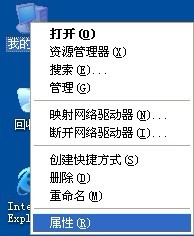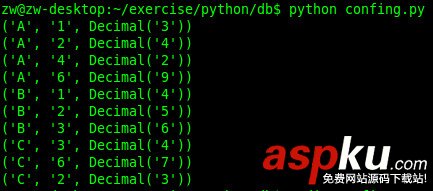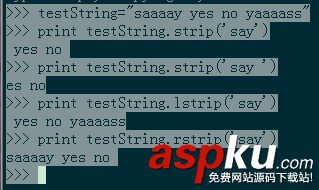Django 提供內置的視圖(view)函數用于處理登錄和退出 (以及其他奇技淫巧),但在開始前,我們來看看如何手工登錄和退出。 Django提供兩個函數來執行django.contrib.auth/中的動作 : authenticate()和login()。
認證給出的用戶名和密碼,使用 authenticate() 函數。它接受兩個參數,用戶名 username 和 密碼 password ,并在密碼對給出的用戶名合法的情況下返回一個 User 對象。 如果密碼不合法,authenticate()返回None。
- >>> from django.contrib import auth
- >>> user = auth.authenticate(username='john', password='secret')
- >>> if user is not None:
- ... print "Correct!"
- ... else:
- ... print "Invalid password."
authenticate() 只是驗證一個用戶的證書而已。 而要登錄一個用戶,使用 login() 。該函數接受一個 HttpRequest 對象和一個 User 對象作為參數并使用Django的會話( session )框架把用戶的ID保存在該會話中。
下面的例子演示了如何在一個視圖中同時使用 authenticate() 和 login() 函數:
- from django.contrib import auth
- def login_view(request):
- username = request.POST.get('username', '')
- password = request.POST.get('password', '')
- user = auth.authenticate(username=username, password=password)
- if user is not None and user.is_active:
- # Correct password, and the user is marked "active"
- auth.login(request, user)
- # Redirect to a success page.
- return HttpResponseRedirect("/account/loggedin/")
- else:
- # Show an error page
- return HttpResponseRedirect("/account/invalid/")
注銷一個用戶,在你的視圖中使用 django.contrib.auth.logout() 。 它接受一個HttpRequest對象并且沒有返回值。
- from django.contrib import auth
- def logout_view(request):
- auth.logout(request)
- # Redirect to a success page.
- return HttpResponseRedirect("/account/loggedout/")
注意,即使用戶沒有登錄, logout() 也不會拋出任何異常。
在實際中,你一般不需要自己寫登錄/登出的函數;認證系統提供了一系例視圖用來處理登錄和登出。 使用認證視圖的第一步是把它們寫在你的URLconf中。 你需要這樣寫:
- from django.contrib.auth.views import login, logout
- urlpatterns = patterns('',
- # existing patterns here...
- (r'^accounts/login/$', login),
- (r'^accounts/logout/$', logout),
- )
/accounts/login/ 和 /accounts/logout/ 是Django提供的視圖的默認URL。
缺省情況下, login 視圖渲染 registragiton/login.html 模板(可以通過視圖的額外參數 template_name 修改這個模板名稱)。 這個表單必須包含 username 和 password 域。如下示例: 一個簡單的 template 看起來是這樣的
- {% extends "base.html" %}
- {% block content %}
- {% if form.errors %}
- <p class="error">Sorry, that's not a valid username or password</p>
- {% endif %}
- <form action="" method="post">
- <label for="username">User name:</label>
- <input type="text" name="username" value="" id="username">
- <label for="password">Password:</label>
- <input type="password" name="password" value="" id="password">
- <input type="submit" value="login" />
- <input type="hidden" name="next" value="{{ next|escape }}" />
- </form>
- {% endblock %}
如果用戶登錄成功,缺省會重定向到 /accounts/profile 。 你可以提供一個保存登錄后重定向URL的next隱藏域來重載它的行為。 也可以把值以GET參數的形式發送給視圖函數,它會以變量next的形式保存在上下文中,這樣你就可以把它用在隱藏域上了。
logout視圖有一些不同。 默認情況下它渲染 registration/logged_out.html 模板(這個視圖一般包含你已經成功退出的信息)。 視圖中還可以包含一個參數 next_page 用于退出后重定向。



















